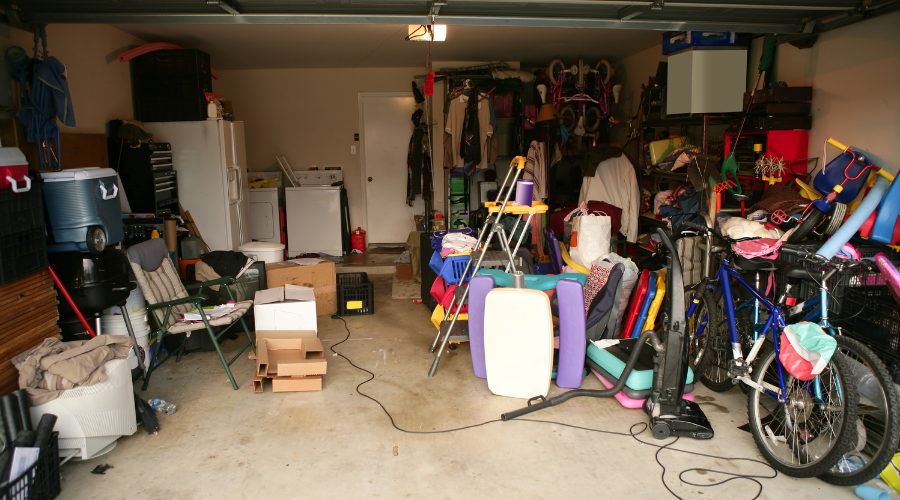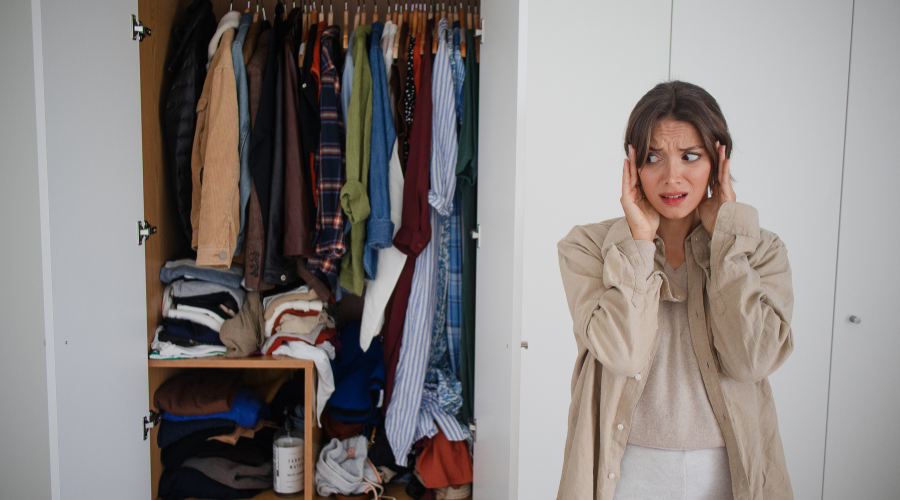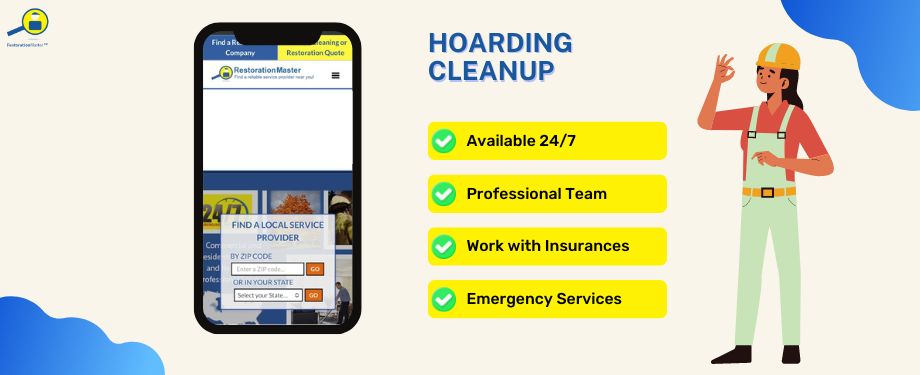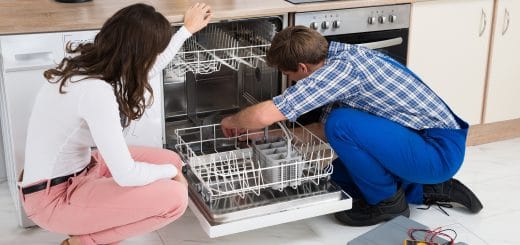Is Hoarding an Addiction?

It’s not unusual for people to hold onto sentimental items. But when they amass an excess number of goods and experience severe distress upon discarding them, it is classified as a hoarding disorder. Whether hoarding is a compulsion, or an addiction is a topic often debated by experts.
What is a hoarding disorder?
Hoarding is different than collecting goods. Collectors keep their collections of valuables neatly organized and clean and take pride in showing them off to visitors. People may collect porcelain statues, baseball cards, rare coins, and other items they perceive to hold exceptional value.
Hoarding, on the other hand, is a disorder whereby a person accumulates a surplus number of possessions. The clutter of boxes, stacks of decades-old newspapers, oily fast-food wrappings, and even animals that are poorly cared for create a dangerous home environment in which to live.
Why is hoarding dangerous?
The safety of the occupants in the home is seriously compromised when piles of cardboard boxes block the entrances and emergency exits. Fires can ignite from the massive amounts of paper and boxes. Pests infiltrate the home, allowing bacteria from their waste to contaminate the property.
Is hoarding an addiction?
In the case of a hoarding disorder, either compulsion or addiction may be at play. Both compulsion and addiction affect different regions of the brain. Experts conclude that compulsion and addiction are similar in that they leave a neurological footprint.

People who hoard engage in compulsive behaviors: they feel an intense urge to acquire goods yet avoid discarding them. Accumulating possessions lowers their anxiety. Conversely, the thought of parting with the items causes them severe bouts of anxiety. To avoid anxiety, they refuse to throw out items.
Addiction, however, has a biological and neurological basis. People who suffer an addiction engage in destructive behaviors regardless of the negative consequences. For example, a substance addiction involves physiological dependence; stopping use of the substance produces a physiological withdrawal. A dysregulation of the front limbic part of the brain is activated when a person engages in hoarding behaviors. Addiction, on the other hand, involves changes in the brain’s amygdala and prefrontal cortex. Other factors, like a reward system that encourages behaviors, are also influential.
In addictions, the addict’s reward is the “high” they experience upon using a substance or engaging in the addictive behavior. Through ongoing use of the addictive substance, their body develops a tolerance for it. Over time, more of the substance is needed to produce the same “high.” With hoarding, the affected individual’s “high” occurs at the moment they acquire another possession to add to their existing clutter of hoarded goods. But this compulsion differs from addiction in the sense that the hoarder actively seeks to avoid the distress felt upon discarding items.
By comparing addiction and compulsion, similarities emerge. However, differences exist, too, like the fact that addiction produces a physiological response, while compulsion does not; rather, compulsion involves avoidance—i.e., the desire to avoid negative emotions, such as anxiety and distress. While experts may not fully agree that hoarding is entirely an addiction or a compulsive behavior rooted in obsessive-compulsive disorder, one thing is clear: individuals who hoard must receive support to manage their unhealthy behaviors and elevate their quality of life.
How is a hoarding disorder managed?

1. Seek Therapy
Concerned friends and family are urged to intervene when their loved one engages in hoarding behaviors. Professional help from a licensed mental health counselor is one route to recovery. Cognitive behavioral therapy (CBT) changes the hoarder’s way of thinking and encourages healthy behaviors.
2. Take Anti-Anxiety Medications
Medications may be helpful to individuals suffering from a hoarding disorder. Although a specific prescription medication is not currently approved to treat this disorder, anti-anxiety drugs or antidepressants are effective for some people and help them regain control over their lives.
3. Set Realistic Expectations
Intervention also includes helping the person who hoards to declutter their home. Be aware that cleaning the home of someone who hoards is a long, ongoing process and cannot be completed in a short period. Show empathy and compassion toward the hoarder to ensure success.
4. Motivate the Affected Individual
As parts of the home undergo cleaning, celebrate these small victories with an outing or a favorite dessert. The affected individual feels motivated to continue the lengthy decluttering and cleaning process with the strong social support of friends, family, neighbors, and professionals.
5. Hire Professional Cleaners
Consider utilizing the services of professional organizers or hoarding cleanup services. Either of these options are recommended, as the experts involved are experienced in cleaning and organizing homes that are overwhelmed with boxes, bags, paper, and even vermin and harmful contaminants.
Whether experts call hoarding an addiction or a compulsion, the individual suffering from the disorder must receive support and treatment. Without effective treatment, the hoarder is susceptible to danger, including the threat of fire, the harmful effects of bacteria and virusesViruses are microscopic infectious agents that can only repr... More, and the risk of falls and injuries.
When you are faced with a hoarding situation, it’s important to intervene. After compassionately broaching the issue with the hoarder, consult a professional for hoarding cleanup. These professionals are experienced in cleaning out hoarded homes and restoring them to a hygienic condition.
Contact RestorationMaster

Cleaning a home piled high with mountains of junk should be left to the hoarding cleaning professionals. At RestorationMaster, our technicians approach the individual suffering from a hoarding disorder with understanding, thereby building trust. Our crew will involve the individual in the cleanup process, so they remain in control.
We will develop a cleanup plan with the affected individual, remove the waste, garbage, and other excess items. Next, we clean, sanitize, and disinfect the property. If moldMold is a type of fungus that grows in damp or humid conditi... More colonies are present, the technicians will perform mold remediation services to eliminate all visible and hidden sporesSpores are microscopic reproductive units of fungi or mold t... More.












